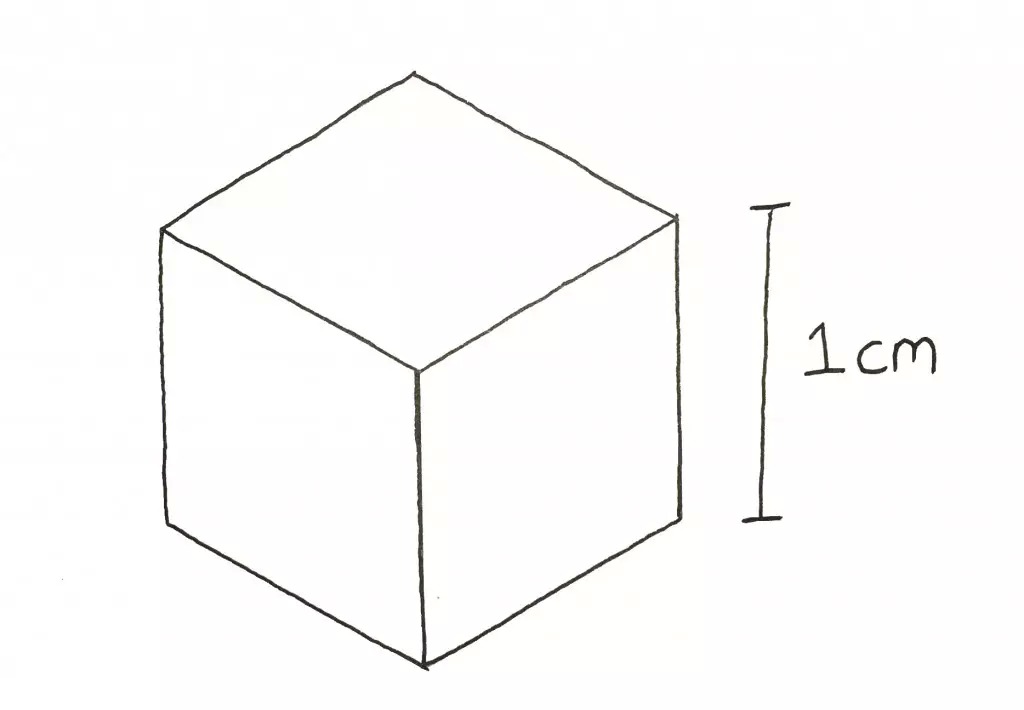Understand espresso and control crema oil to observe the quality and freshness of coffee beans from oil.

More knowledge of crema can improve the ability of baristas to make coffee, and can also help improve the method of making espresso coffee, so that guests who come to coffee shops can fully experience the charm of a perfect cup of coffee. Today, follow Chongqing Brista barista barista training teachers into espresso crema, deeply understand and control espresso crema, and improve the ability of making coffee.
How to make espresso crema more?
One objection to not using Robusta in concentrate blends is that "Robusta can bring better crema to concentrate." This is true, since Robusta contains less oil than Arabica. Robusta on average contains only half as many flavor and aromatic oils as arabica, which means fewer oils can be extracted and they are less destructive to bubbles. Adding robusta will reduce the total amount of oils that can be extracted, and the result is obvious: you will get more crema.
Food technologists will tell you that low oil content can make a concentrate feel heavier when you first ingest it, but low oil content means that a concentrate containing beans doesn't last as long as a pure arabica concentrate and lacks fullness. Therefore, if this argument is to work, you need to control the use of Luo beans to 5%~10%, so that you can increase the crema amount without losing too much quality. There have been several articles focusing on the effects of specific carbohydrates in robusta on crema, and it is hoped that research on this aspect will be disclosed and updated.
None of this solves all the questions about crema. Coffee is made with some unusual concentrates, which produce a very unique crema due to their special chemical composition. In this case, the ecologically grown coffee in southern Minas is evident, and Camocim Estate uses Dry pulp(i.e. the coffee berries retain more pulp to dry) to treat this yellow bourbon. The bean has an oddly sweet taste when cupping, but when used to make espresso-even after 9 days of growing beans-it still produces an extremely rich crema.
And if the concentrate is left standing for a long time, crema remains, similar in texture to dried milk foam. This isn't the only coffee that produces a "special" crema. Coffee that has been specially treated, such as Malabar beans, produces crema with a special texture, but it tastes dry and bitter.
All in all, even if discussed within the genus arabica, there are many differences between crema species, mainly due to the form in which different coffees store carbon dioxide, the amount of oils and fats in different coffees, and how these oils and fats are extracted. The controversy over crema between arabica and robusta is limited. In the case of Arabica coffee alone, the discussion of crema extends even to microgenera.

tabby
Crema is usually understood to be concentrated and should have some dark brown tiger spots on its surface, which Dr Illy adds to his definition of concentration.
Tiger spots are tiny fragments of coffee powder that are pushed out of the coffee cake during extraction. You usually see tiger spots appear first around the rim of the concentrate cup and gradually spread over time to the entire surface of the concentrate. This phenomenon makes tiger spots not only a sign of a good cup of concentrate, but also a sign of the ability of the grinder to provide the necessary particle distribution to make a good cup of concentrate.
If the grind distribution of a grinder is too uniform, the coffee particles will not mix well, contrary to expectations. Imagine two images of the same swimming pool, one filled with beach volleyballs and one with a mix of beach volleyballs, soccer balls and tennis balls (you can also take inspiration from Mark Prince's article on powder pressing to think of these coffee particles as puzzle pieces). The different shapes and sizes will make them fit together to form a compact container. The powder particles sometimes overlap or leave gaps for water to pass at a certain flow rate, and the tiger spots in the cup reflect the grinding distribution of coffee.
Crema can be observed to determine the freshness of coffee beans, coffee extraction is complete, coffee extraction is uniform.
How to tell if coffee beans are fresh: Although it is possible to tell if the beans are fresh when a lot of foam is observed, there is of course a possibility that the content of Robusta is high. So you can watch the foam precipitate instead. If the beans are fresh, the whole extraction process will take on the form of crema, and when the crema settles down, it will be clearly divided into two layers. If the beans are aged, you will see that the concentrated foam from the diverter nozzle is not very much, usually the cup of concentrated texture is thin and watery, and the crema will dissipate quickly.
How to judge whether the extraction is complete: the darker the crema color, the more soluble substances are extracted.
How to judge whether the extraction is uniform: if crema is very stable, the concentrated color is very beautiful, and the texture is thick, it means that the probability of problems such as channels and pits in the extraction process is low.
Source: Brista's blog
Important Notice :
前街咖啡 FrontStreet Coffee has moved to new addredd:
FrontStreet Coffee Address: 315,Donghua East Road,GuangZhou
Tel:020 38364473
- Prev

On the important factors affecting the extraction area and extraction time of coffee powder on a good cup of coffee
There are many factors that affect coffee extraction. Baristas need to control these factors reasonably before they can get the perfect coffee and produce the taste they want. today, the barista barista training teacher in Chongqing will tell you about controlling the time and area of coffee extraction to meet the extraction requirements. Extraction time and extraction area are at any time
- Next

Teach you how to judge the appropriateness of coffee extraction and the quality of coffee by its taste
Extraction may be the most important aspect of coffee brewing, but it is also one of the least understood by baristas. Extraction is everything. Without extraction, you can't even taste a cup of coffee. Today, Chongqing Brista Coffee training Institute wants to share with friends how to judge coffee extraction and coffee quality by coffee taste, which is believed to be lacking by most friends.
Related
- What is the meaning of lactic acid fermentation with coffee bean treatment?
- How to judge the state of foam by sound?
- How does the latte pull out the unicorn pattern? Come to get for a little trick to improve the flower pull!
- Will flower pulling affect the taste of the latte?
- Do you know the history of coffee?
- The difference between honey treatment and sun washing what is raisin honey treatment?
- What kind of milk can a novice use to make coffee foam to keep the foam longer? The correct method and skills of milking tutorial sharing
- Why do washed coffee beans taste sour? Flavor characteristics of washed Coffee
- Introduction to the skill of how to practice the size and height of water injection around the circle of hand-brewed coffee
- How do beginners practice coffee flower drawing from scratch?

